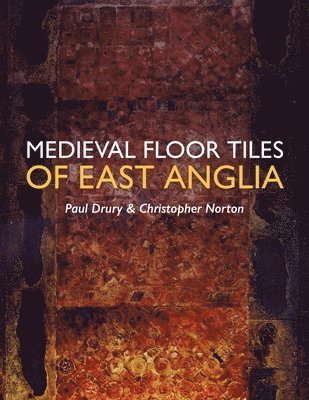
Fler böcker inom
- Format
- Inbunden (Hardback)
- Språk
- Engelska
- Utgivningsdatum
- 2025-12-15
- Förlag
- Oxbow Books
- ISBN
- 9781789259834
Medieval Floor Tiles of East Anglia
Inbunden,
Engelska, 2025-12-15
1087
Ännu ej utkommen – klicka "Bevaka" för att få ett mejl så fort boken går att köpa.
Fler böcker av författarna
-
Cambridge Global English Workbook 1 with Digital Access (1 Year)
Elly Schottman, Caroline Linse, Paul Drury
-
Cambridge Global English Workbook 2 with Digital Access (1 Year)
Paul Drury, Elly Schottman, Caroline Linse, Kathryn Harper
-
Write Songs from Scratch
Christopher Norton
Övrig information
Paul Drury specialises in an archaeological approach to understanding major buildings, particularly of the 16th and 17th centuries. His interest in floor tiles originated in contextualising the products of a medieval tile factory he excavated in Essex in 1974. He has published widely and served as President of the Society of Antiquaries, 2019-2021. Christopher Norton is Emeritus Professor of Medieval Art and Architecture at the Centre for Medieval Studies and the Department of the History of Art at the University of York. He is the leading authority on medieval floor tiles in France and has published widely on medieval floor tiles on the continent and in Britain.
Du kanske gillar
-
Peak Human
Johan Norberg
Inbunden -
Peak Human
Johan Norberg
Häftad -
Nexus
Yuval Noah Harari
Häftad
